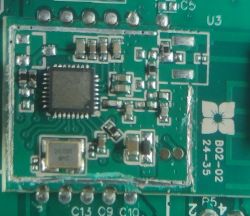The presence of an RF symbol and a not-the-usual square case caught my interest in what would otherwise be yet another standard 16A mini switch. Though this isn't terribly different, it does come with RF capabilities that were not advertised on the product page. You can see reference to 433Mhz on the product itself, however.
https://www.aliexpress.com/item/1005006423893662.html

I desoldered the CB2S module and captured boot log and dumped factory fw.
You can see the module only has pins 7, 8, 24 and 26 soldered to the PCB, which covers all the Easy Flasher detected assignments
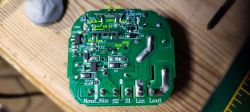
Of greater interest though it the second module with two chips and an aerial. The module is marked as WH_RXD05 V0.2 and has pins marked as VCC, GND, RELAY (misspelled "REALY") , KEY and LED. The LED is red, whereas the LED on the mainboard is blue.
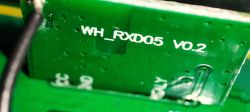
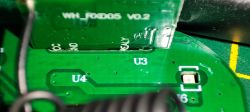
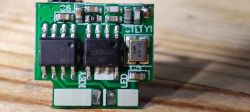
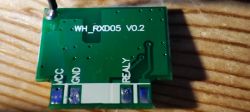

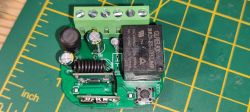


The 2 8-pin chips on the RF module are labelled and
The FMD appears to be a 1KB 2V~5.5V 64Byte 16MHz FLASH 6 SOP-8 MCU by Fremont Micro Devices - translated datasheet attached.
The other chip, which only has 6 of the 8 pins soldered, is unknown, I have not been able to find any information about it. Some external memory perhaps?
I do not have an RF remote of the correct frequency so cannot test the RF capabilities, but as far as I can tell only the relay on P8 is shared between the CB2S and the RF module, it seems to not have any communication with the CB2S. Paired with the Tuya app there is no mention of RF.
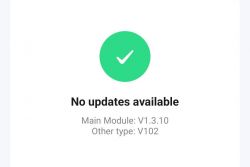

Some pics of packaging and externals
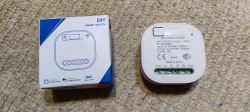
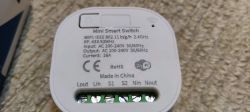
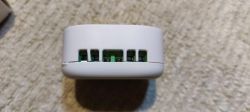

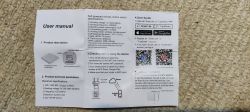
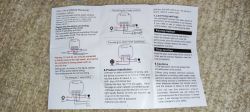
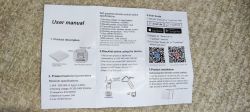
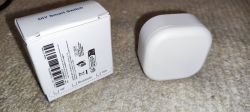
OBK Template
JSON
https://www.aliexpress.com/item/1005006423893662.html

I desoldered the CB2S module and captured boot log and dumped factory fw.
Code: Text
You can see the module only has pins 7, 8, 24 and 26 soldered to the PCB, which covers all the Easy Flasher detected assignments
Code: Text

Of greater interest though it the second module with two chips and an aerial. The module is marked as WH_RXD05 V0.2 and has pins marked as VCC, GND, RELAY (misspelled "REALY") , KEY and LED. The LED is red, whereas the LED on the mainboard is blue.








The 2 8-pin chips on the RF module are labelled
Code: Text
Code: Text
The FMD appears to be a 1KB 2V~5.5V 64Byte 16MHz FLASH 6 SOP-8 MCU by Fremont Micro Devices - translated datasheet attached.
The other chip, which only has 6 of the 8 pins soldered, is unknown, I have not been able to find any information about it. Some external memory perhaps?
I do not have an RF remote of the correct frequency so cannot test the RF capabilities, but as far as I can tell only the relay on P8 is shared between the CB2S and the RF module, it seems to not have any communication with the CB2S. Paired with the Tuya app there is no mention of RF.


Some pics of packaging and externals








OBK Template
Code: JSON
JSON
Code: JSON





